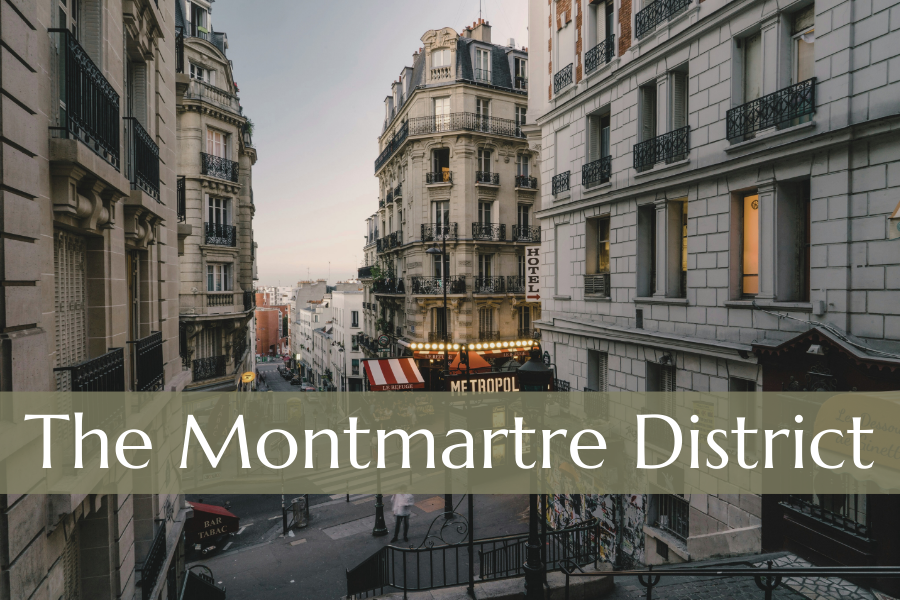
Are you planning a trip to Paris? Make sure Montmartre is on your itinerary! This charming district is steeped in history and brimming with artistic heritage.
From the iconic Sacré-Cœur Basilica to the bustling Place du Tertre, there’s much to see and do. Explore its winding streets, enjoy the breathtaking views, and immerse yourself in the vibrant culture that has inspired artists for centuries.
Join me as I share why Montmartre should be on your Paris travel list.
Why The Montmartre District Should Be on Your Itinerary
Montmartre’s history is deeply rooted in its Bohemian and artistic heritage. Originally a rural village, Montmartre became part of Paris in 1860. By the late 19th and early 20th centuries, it was a cultural epicenter, attracting artists like Picasso, Van Gogh, and Renoir. Its windmills and vineyards evoke a pastoral past, while landmarks like the Sacré-Cœur Basilica, completed in 1914, symbolize its spiritual and historical significance. Today, it retains its artistic spirit, with street artists and vibrant cultural scenes reflecting its rich and diverse history.
Additionally, the view of Paris from Montmartre is breathtaking. Perched atop the hill, visitors can see the city’s iconic skyline, with landmarks like the Eiffel Tower and Notre Dame in the distance. The panoramic vista, especially from the Sacré-Cœur Basilica, offers a stunning, sweeping perspective of Paris’s beauty and charm.
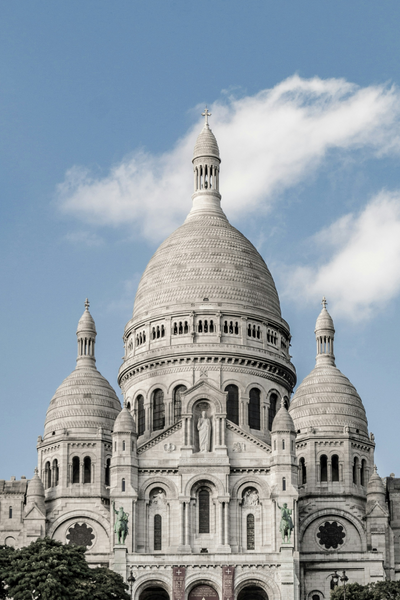
Montmartre Points of Interest
The Sacré-Cœur Basilica
The Sacré-Cœur Basilica, perched atop Montmartre, is a must-visit for travelers exploring Paris. Its stunning architecture, featuring a Romano-Byzantine style, stands out with its gleaming white domes visible from across the city. Completed in 1914, the basilica holds significant historical importance as a symbol of national penance after the Franco-Prussian War and the Paris Commune.
Additionally, the basilica’s location on the highest point in Paris offers breathtaking panoramic views of the city, accessible by climbing its 300 steps to the dome. Whether drawn by its architectural beauty, historical relevance, or mesmerizing views, the Sacré-Cœur Basilica offers a memorable experience for all who visit.
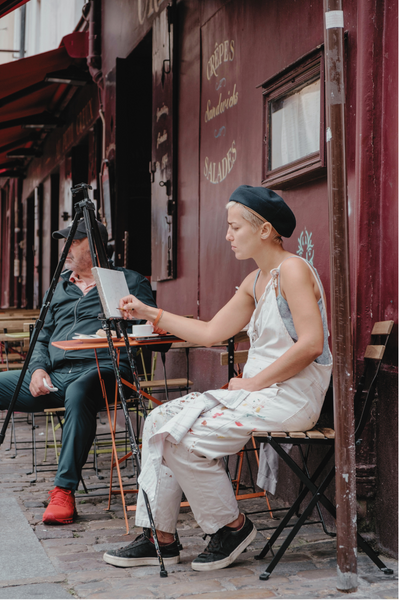
Place du Tertre
Place du Tertre, located in the heart of Montmartre, is a vibrant square that attracts visitors with its rich artistic heritage. This charming area was once the hub of the Bohemian art scene. Historically, famous artists such as Picasso and Van Gogh frequented it. Today, it retains its artistic spirit. Visitors will find numerous street artists and portrait painters displaying their talents. You will love the opportunity to purchase original artwork.
The square is surrounded by quaint cafes and restaurants, providing an authentic taste of Parisian life. Its picturesque setting, with cobblestone streets and historic buildings, makes it a perfect spot for a leisurely stroll. I love grabbing an expresso and getting inspired by watching an artist bring a sketch to life.
Musée de Montmartre
The Musée de Montmartre, set in a charming 17th-century building, is a captivating destination for art and history enthusiasts. It proudly showcases works by renowned artists such as Renoir and Utrillo, who once lived and worked in the area. The museum’s exhibits explore the vibrant Bohemian culture that defined Montmartre in the late 19th and early 20th centuries. Don’t Miss the beautiful Renoir Gardens, which provide a tranquil escape and picturesque views. This museum perfectly blends art, history, and natural beauty.
Le Clos Montmartre Vineyard
Le Clos Montmartre Vineyard is a unique point of interest in Paris, offering a rare glimpse into the city’s winemaking heritage. This charming vineyard dates back to the 1930s and is a remnant of the once-extensive vineyards that covered the area. It produces a limited amount of wine annually, celebrated with the annual Fête des Vendanges harvest festival. Visitors can admire the picturesque vines and enjoy the scenic setting amidst the urban landscape.
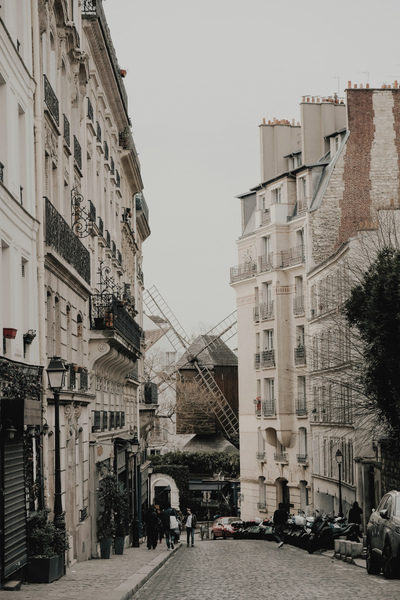
Rue Lepic
Rue Lepic is a captivating point of interest in Montmartre, known for its quintessential Parisian charm and historical significance. This lively street, once home to artists like Vincent van Gogh, offers a vibrant glimpse into local life. Lined with traditional cafes, bakeries, and specialty shops, Rue Lepic provides a fun culinary experience and a taste of authentic French culture. Its picturesque, winding path leads visitors through historic architecture and modern vibrancy. While this street is great, don’t forget to wander off the beaten path. What I love about this city is how easily one can find a seemingly forgotten street, even on the busiest days. Tangled in wisteria and ivy, the tall garden walls are the perfect daydream fuel. Seriously, you will find yourself sighing in awe and saying, “I could live here.” Please just trust your feet and let yourself get lost.
Montmartre Cemetery
Montmartre Cemetery, established in 1825, is a serene and historically rich point of interest in Paris. This peaceful resting place is the final home to many famous artists, writers, and musicians, including Émile Zola and Hector Berlioz. Visitors are drawn to its tranquil, tree-lined paths and its ornate tombs. The cemetery offers a contemplative escape from the bustling city, allowing for quiet reflection amidst beautiful sculptures and monuments. Honestly, who doesn’t love a spooky stroll through a cemetery?
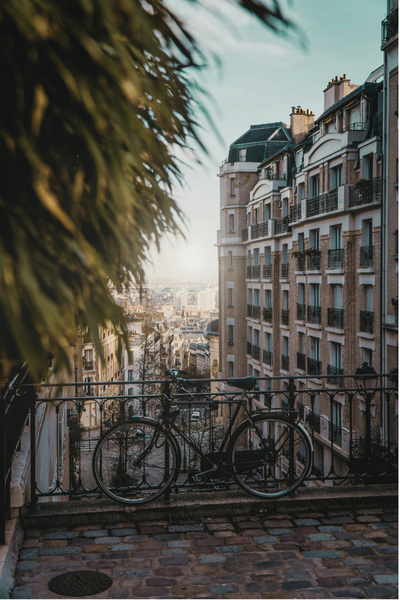
Montmartre is for Amélie Lovers
Additionally, Montmartre has long been a favorite backdrop for various forms of media, capturing the imagination of filmmakers and audiences alike. Perhaps the most famous portrayal of this charming Parisian quarter is in the film “Amélie” (2001). This whimsical movie showcases Montmartre’s picturesque streets and vibrant community through the eyes of Amélie Poulain, a quirky young woman who decides to change the lives of those around her for the better.
The film vividly brings to life the distinct Montmartre vibe, highlighting its cozy cafés, quirky shops, and tight-knit inhabitants. Café des Deux Moulins, where Amélie works, is a real café in Montmartre and has become a popular destination for fans. The Montmartre depicted in “Amélie” is idyllic yet grounded, reflecting this unique district’s historical allure and everyday reality.
Montmartre’s appearance in “Amélie” has significantly contributed to its global fame, attracting tourists eager to walk through the film’s iconic locations.
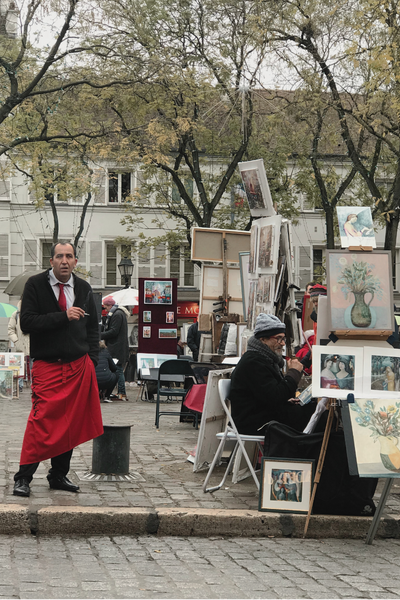
Montmartre’s Literary Past
Montmartre was a hotspot for Bohemian culture in the late 19th and early 20th centuries. It drew literary greats like Émile Zola, who vividly brought the area’s life to the pages of his novels. In his memoir “A Moveable Feast,” Ernest Hemingway fondly described Montmartre’s charm and pivotal role in Paris’s artistic scene. Henri Murger’s “Scenes of Bohemian Life,” which inspired Puccini’s opera “La Bohème,” captures the true essence of Montmartre’s artistic spirit.
Wander through the same streets and cafes frequented by poets and novelists and feel the vibrant literary creativity lingering in the air. Montmartre is not just a neighborhood; it’s a lively chapter of Paris’s literary history.
Where to Eat in The Montmartre District?
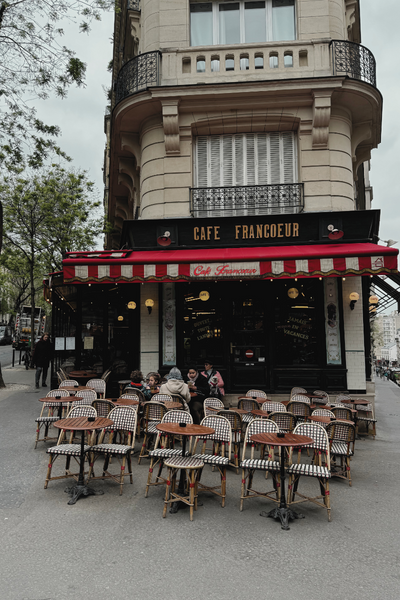
Café Francoeur
You thought this was a love letter to Montmartre, but it is about to devolve into a clumsy expression of my true feelings for Café Francoeur. While it is situated just outside the main tourist district of Montmartre, it is a hidden gem well worth the walk. This charming café offers an authentic Parisian experience. Known for its hearty traditional French dishes, Café Francoeur provides a perfect spot to relax and soak in the local culture. Its location away from the bustling tourist areas ensures a more peaceful and genuine experience, making it the perfect destination for those seeking to explore Montmartre’s true essence.
Protip for Café Francoeur: Order the risotto and pair it with a dry rose. You’re welcome. Interested in ruining every other steak for the rest of your life by comparison? Order the steak served with the green peppercorn bearnaise. If you are lucky enough to be in Paris during the cooler months, DO NOT SKIP THE ONION SOUP. Is your trip scheduled in the warmer months when this soup is unavailable? Change your itinerary. Drink too much champagne at the cabaret and need to eat something before bed? Their kitchen is open late. Want an Airbnb that will allow you to eat here multiple times daily to the point that both the opening and closing staff know you, your drink order, and your table preference? Stay here.
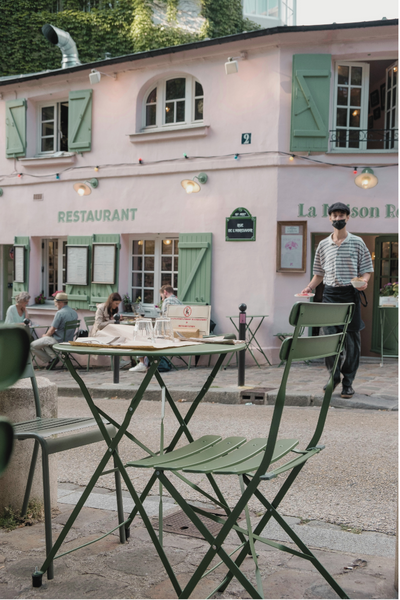
La Maison Rose
As a flight attendant, my colleagues often teased me about wanting to eat at La Maison Rose, dismissing it as a spot “for tourists.” However, I embraced my tourist status and finally snagged reservations. I am so glad I did. The intimate dining experience at La Maison Rose was absolutely lovely. The charming pink facade, cozy atmosphere, and delicious cuisine created a memorable meal that surpassed my expectations. Despite the teasing, I’m so glad I made it a priority to visit this iconic restaurant. It truly captures the enchanting essence of Montmartre and is well worth the visit.
Le Coq Rico
For those craving a memorable dining experience, Le Coq Rico, the bistro of beautiful birds, specializes in poultry dishes and provides a unique take on French gastronomy. The restaurant prides itself on sourcing the finest local breeds, ensuring a refined and deeply satisfying meal. Remember that this place is pretty spendy, but its meat selection reminds me of the Portlandia bit about needing to know the chicken’s name before ordering.
How to Get to Montmartre?
Reaching Montmartre, located in the 18th arrondissement of Paris, is straightforward, with various transport options available. The most convenient methods are the Paris Métro and bus services. The Métro stations closest to Montmartre are Anvers on Line 2 and Abbesses on Line 12. Abbesses station is charming, featuring one of the city’s few original Art Nouveau entrances.
For those who prefer not to climb the steep hill on foot, the Montmartrobus, a smaller bus designed specifically for the narrow streets of Montmartre, is an excellent choice. It connects with major Métro stations, making it easily accessible. Alternatively, the Funiculaire de Montmartre offers a scenic ride up the hill, arriving right beside the Sacré-Cœur Basilica.
Most importantly, driving to Montmartre is less recommended due to limited parking and busy streets. Instead, consider walking from nearby areas to truly capture the essence of this historic neighborhood as you approach.
This post was all about the Montmartre District.

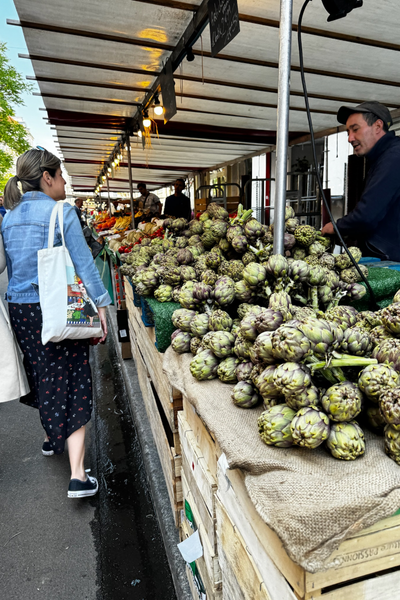
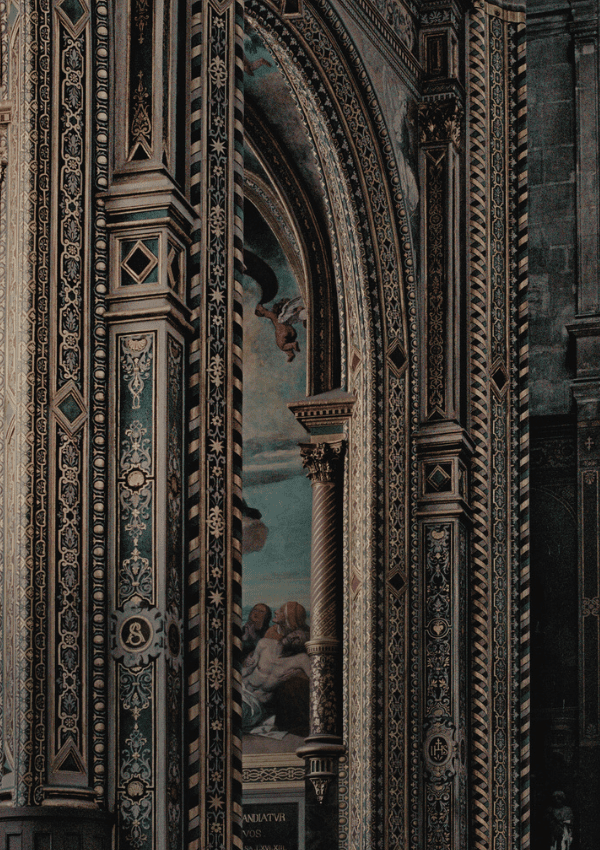
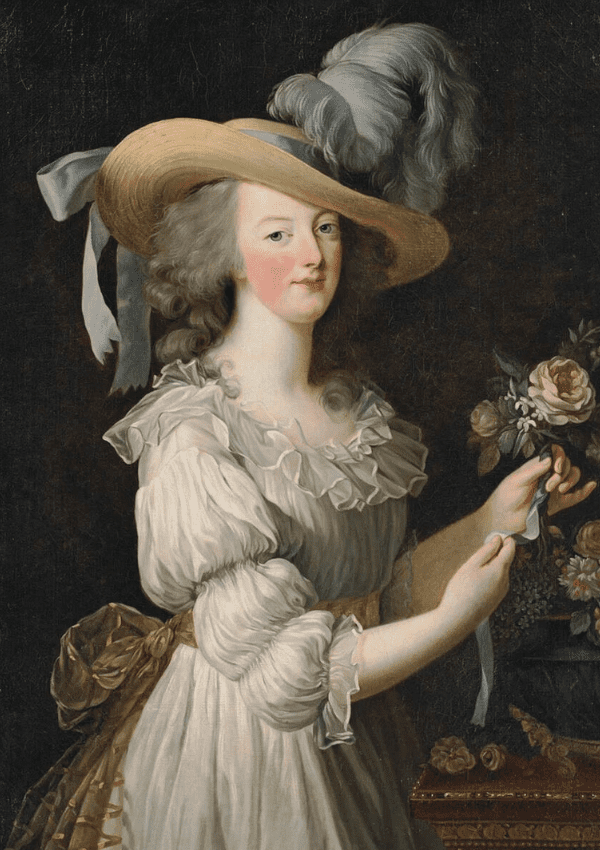
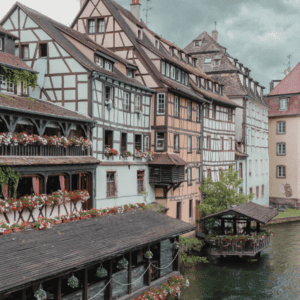
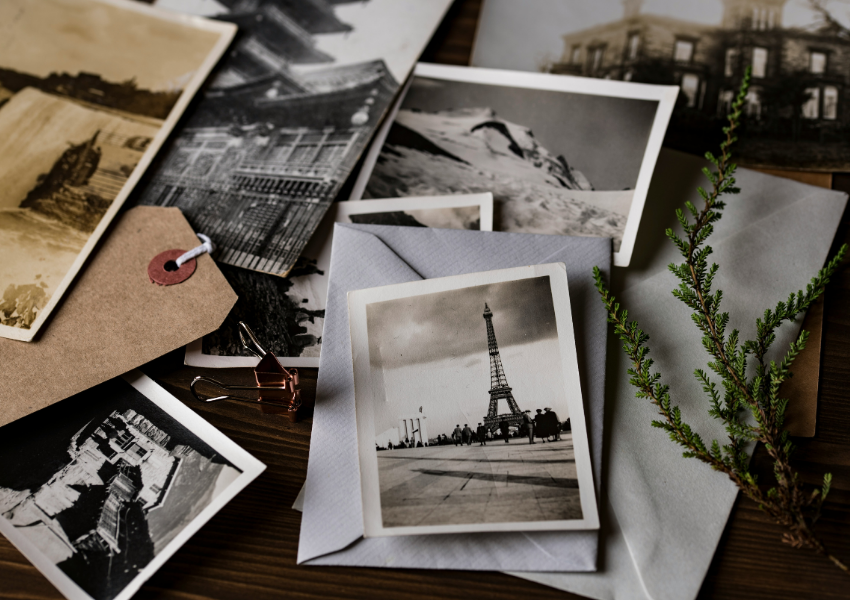
I under estimated how much I would enjoy my visit here my only regret is not buying the pice of art I fell in love with.